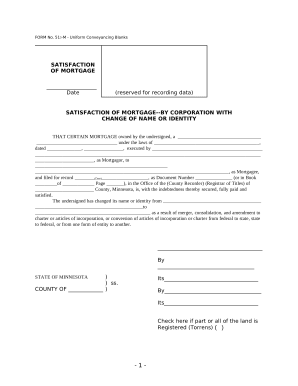

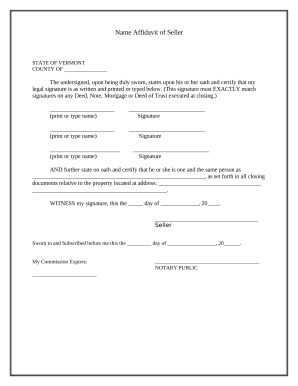
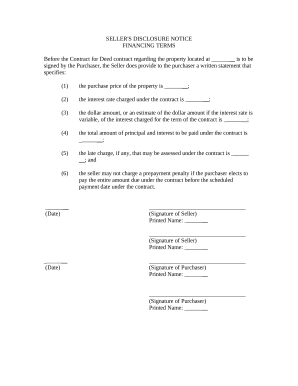

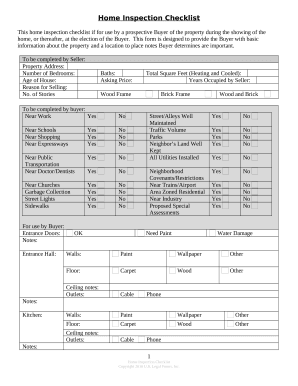
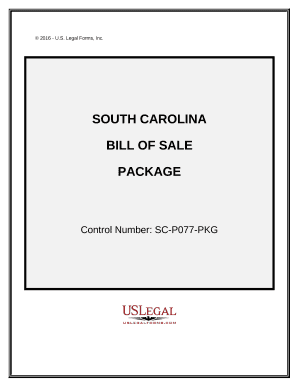
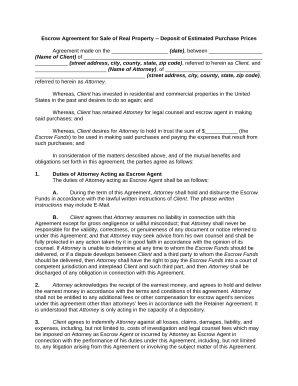
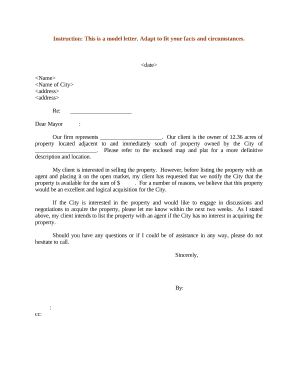
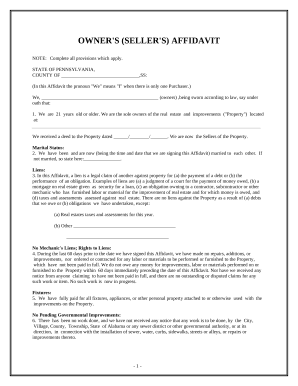
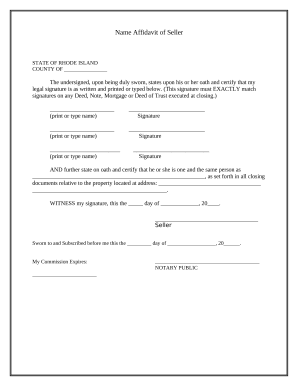
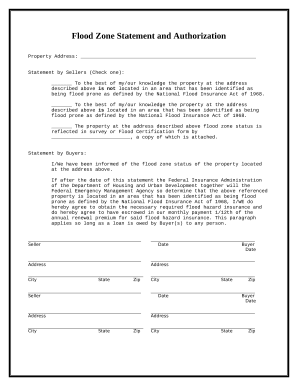
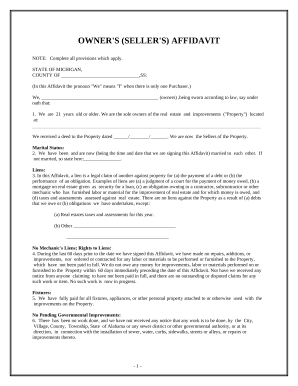
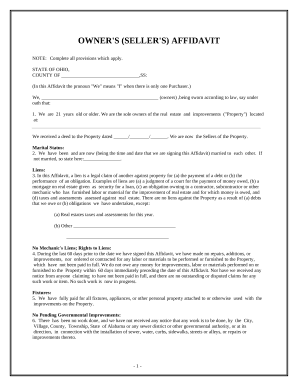
Form administration occupies to half of your office hours. With DocHub, you can reclaim your office time and enhance your team's efficiency. Get Property Sale Documentation collection and check out all document templates related to your day-to-day workflows.
Effortlessly use Property Sale Documentation:
Speed up your day-to-day document administration with our Property Sale Documentation. Get your free DocHub profile today to explore all forms.